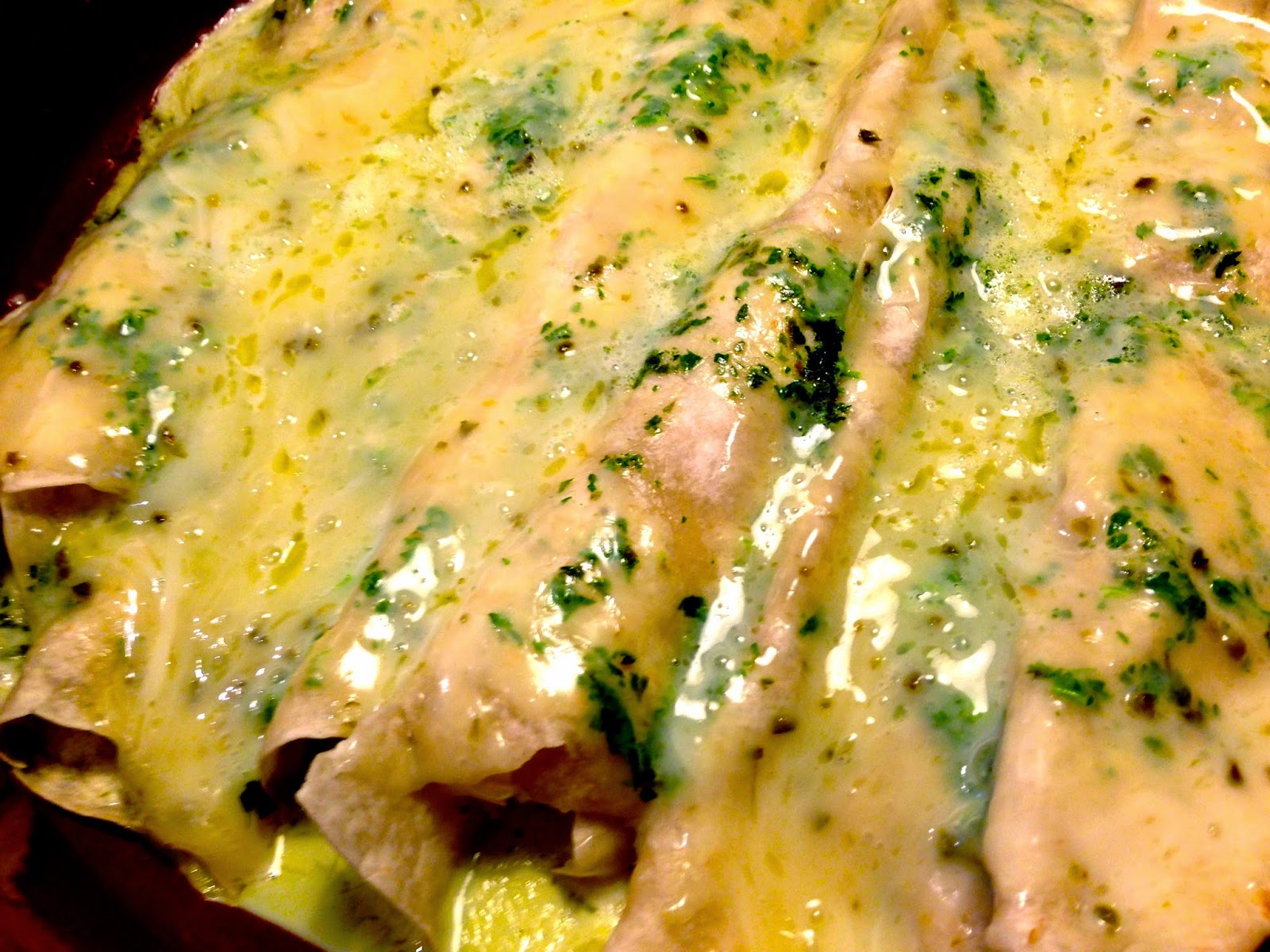 |
| An eclectic group of Germans and Americans gathering for Sekt! |
Everyone knows if you want to call a sparkling wine
Champagne, it better be grown in the Champagne region of France. Other places call it other things. Even in
France, if it’s not from Champagne, it’s usually called Crémont. In Germany, it’s called Sekt, and comes in
the usual array of dry, extra dry,etc.
But, even within those general descriptions, there’s a lot of variety. Different grape varieties, different soils,
different amounts of rain and sun, and most of all, different vintners.
Last Saturday, I wandered vineyards on the hillsides
overlooking the widest part of the Rhine River (the famous Rheingau region) and tasted a river of delicious
Sekt. Barth Wein und Sektgut is a family run affair, covering 30
hectares. How big is a hectare ? Funny
you should ask. I had the same
question. 1 hectare = about 2.5
acres Yeah, fine, but I wasn’t born next
door to a barn. How big is an acre? 43,460 Sq Ft, or 4,047 meters, both of which
are about the size of a football, or soccer field, but not quite as long.
As both of my faithful readers know, 30 hectares on German
vineyards are spread out all over the place, a patchwork result of literally
centuries of wine growing. Vineyards are
bought and sold, children split up their inheritances, and so forth. Barth’s vineyards are no exception. Not sure exactly how far apart their hectares
wander, but the tour took four hours, including a short stop for lunch. If you’re using a pedometer, that’s 7000 paces,
more or less. Tours are only twice a
year, spring and fall. And, with the
first two hours entirely on gentle to steep hills, make sure you’re reasonably
ambulatory.
In our wandering, we paused six times, both to hear about a
particular area, check out the soil type, and sample Sekt from grapes grown
right where we were standing. There were Riesling Sekts, both Brut and Extra Brut,
Pinots: Ultra, normal, and Rose. In
short, Barth offers an excellent Sekt to suit any palate, all from grapes grown
on 100% organic vines.
What about the taste?
Dry is probably the most popular, even among those whose lips have never
touched sparkling wine. News
travels. Barth’s Sekt Ultra, made from
pinot noir grapes, is quite dry, full bodied, and with a fruity nose. The Riesling Brut, on the other hand, is
lightly touched with sweetness, equally full bodied, and with a creamy finish. Which is best? Well, you’ll have to answer a few questions
and then draw your own tasting conclusions.
Are you drinking the Sekt with a meal, or just lounging on the beach
enjoying the bikinis? If it’s the
latter, the choice really doesn’t matter, does it?
This Wein und Sektgut family is particular! Many of the vines are over fifty years old,
but there are also new plantings. Soil
management is of equal concern. Some
years vineyards lay fallow. Quality is
always at a premium. If a crop doesn’t
meet Barth’s high standards, grapes from that hectare will not be used for wine
or Sekt.
Interesting facts about Barth Sekt:
-
50% of Barth’s product is sold through direct
retail, the rest is sold to secondary sellers, such as restaurants, and also
exported around the world. That means
you can probably find Barth wines where you live.
-
It’s not unusual to see wild boars harvesting
grapes, depending on how much food they can find in the nearby woods.
-
Not all finished bottles are labeled right away. Some remain unlabeled until they are shipped
abroad and then labeled to meet the laws of the importing country.
-
The Rhine flows generally south to north, but
where the Barth vineyards are located, the river flows east to west.
-
Having plots of land in different areas means
Barth’s separate hectares have different soil compositions and therefore
produce different flavors, even when growing the same variety of grape.
-
Riesling has always been the most popular
variety, but now that tastes have changed, Rieslings are grown not only for
sweeter wines, but for dry and extra dry Sekt as well.
-
Each year, grape vines are lightly trimmed and
the vines trained on wires to grow flat instead of straight up. This allows more sun, and also allows the wind
to dry the grapes and prevent fungus.
-
Using the traditional methods of production, Sekt
is allowed to ferment in the bottle for as long as 24 months (two
fermentations) and turned (riddled) a quarter turn by hand for a month before
the yeast is removed (disgorged).
-
During bottled fermentation, the bottles are
capped rather than corked.
-
For the normal bottles, disgorging is done with
a mechanical device, but with the larger bottles, it must be done by very quick
hands.
-
Easy to tell which bottles are being readied for
disgorging. They’re standing on their
heads, allowing the yeast to collect near the cap.
No better way to spend the day, wandering vineyards
overlooking the majestic Rhine River and sampling Sekt from one of the region’s
great Sekt producers.
Want to read more and explore upcoming events at Barth Weingut? http://www.weingut-barth.de
 |
| Initial fermentation: looking for 6 psi. |
 |
| The final result of thousands of hours of work: Sunshine in a glass! |































